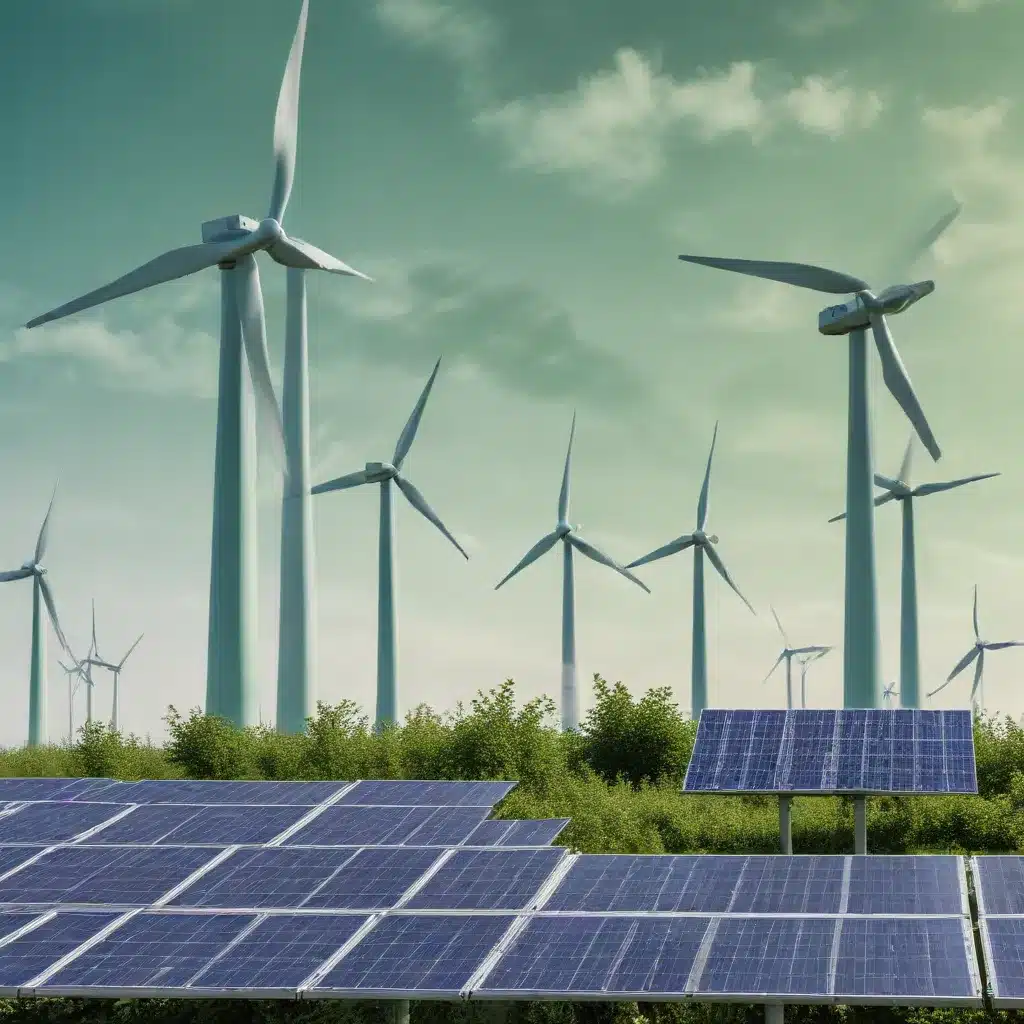
As Europe accelerates its shift towards clean energy, the role of innovative financing mechanisms has become increasingly crucial. Among these, green banks have emerged as powerful catalysts, leveraging public funds to unlock significantly greater private investment for renewable energy, energy efficiency, and other climate-friendly projects.
The Concept of Green Banks
Green banks are specialized financial institutions designed to drive the transition to a low-carbon economy. Unlike traditional lenders, green banks focus on mobilizing capital for clean energy and sustainability initiatives that may not otherwise receive sufficient funding from private markets. By using public resources to de-risk investments and address market gaps, green banks can attract substantial private financing to complement government efforts.
The core purpose of green banks is to accelerate the deployment of renewable energy, improve energy efficiency, and support other decarbonization strategies. They achieve this by offering tailored financing products, such as low-interest loans, credit enhancements, and loan guarantees. Successful green banks also leverage their expertise to incubate new clean energy business models and foster public-private partnerships.
Financing Mechanisms of Green Banks
A key differentiator of green banks is their ability to leverage private capital. By strategically deploying relatively small amounts of public funds, they can catalyze significantly larger private investment flows. This “crowding-in” effect is achieved through various mechanisms:
- Risk Mitigation: Green banks use public funds to absorb or share the risks associated with clean energy projects, making them more attractive to private investors.
- Aggregation and Scale: By bundling multiple small-scale projects, green banks can create investment opportunities large enough to draw in institutional investors.
- Innovative Financing Instruments: Green banks develop tailor-made products, such as on-bill financing, property-assessed clean energy (PACE), and energy-as-a-service (EaaS) models, to address specific market barriers.
The impact of green banks extends beyond just financing. They also play a crucial role in capacity building, market development, and policy advocacy, thereby creating an enabling ecosystem for the clean energy transition.
The Role of Policy and Regulation
Successful green bank initiatives often rely on strong policy support and clear regulatory frameworks. Governments can provide catalytic funding, such as through public capitalization or credit enhancement programs, to establish and sustain green banks. Robust policy mechanisms, like renewable energy targets, energy efficiency mandates, and carbon pricing, also create the necessary market signals to drive private investment.
Regulatory frameworks that define the scope, governance, and operational guidelines of green banks are equally important. These include provisions for project eligibility, risk management, reporting requirements, and integration with broader climate and energy policies.
Successful Green Bank Case Studies
The New York Green Bank
A prominent example of a thriving green bank is the New York Green Bank (NY Green Bank), a division of the New York State Energy Research and Development Authority (NYSERDA). Established in 2013, NY Green Bank has deployed over $1.4 billion in capital, mobilizing an additional $3.6 billion in private investment for clean energy projects.
One of NY Green Bank’s key strategies has been to collaborate with local energy services companies, such as Ecosave, providing them with the necessary financing to scale up their energy efficiency and clean energy solutions. By taking on specific project risks, NY Green Bank has enabled these companies to attract private capital and expand their reach, ultimately driving greater sustainability impact.
The UK Green Investment Bank
Another successful model is the UK Green Investment Bank (GIB), which was established in 2012 and later privatized in 2017. During its operation as a public institution, the GIB invested £3.4 billion in UK green infrastructure, leveraging an additional £8.6 billion in private capital.
The GIB’s distinctive approach was to target specific sectors, such as offshore wind and waste management, where it could deploy its expertise and catalyze private investment. By providing tailored financing solutions, the GIB played a critical role in supporting the growth of the UK’s renewable energy industry and advancing the country’s decarbonization goals.
Challenges and Barriers to Green Bank Adoption
Despite the proven success of green banks, their widespread adoption faces several challenges. Lack of awareness and understanding about their purpose and capabilities among policymakers and the general public can hinder their establishment. Additionally, navigating the regulatory and legal frameworks required to set up a green bank can be a complex and time-consuming process.
To overcome these barriers, green bank proponents must engage in targeted outreach and knowledge-sharing efforts. Showcasing the tangible impact of existing green banks, both in terms of financial mobilization and environmental benefits, can help build the case for their replication. Greater collaboration between green banks, policymakers, and the private sector can also streamline the implementation process and foster the development of innovative financing solutions.
The Future of Green Banks in the Energy Transition
As Europe continues its push towards a carbon-neutral future, the role of green banks is poised to become even more crucial. By scaling up their initiatives and expanding their geographical reach, green banks can unlock vast amounts of private capital to support the deployment of renewable energy, energy efficiency, and other decarbonization technologies.
Furthermore, the integration of green banks with complementary climate finance instruments, such as green bonds and carbon markets, can create powerful synergies. By aligning their activities with the broader sustainable development agenda, green banks can contribute to a more holistic and equitable energy transition, ensuring that the benefits of a clean energy future are shared across all communities.
The European Future Energy Forum provides a platform for policymakers, industry leaders, and green finance advocates to collaborate on accelerating the energy transition. As the role of innovative financing mechanisms like green banks becomes increasingly central, this forum offers valuable opportunities to explore best practices, forge strategic partnerships, and shape the future of sustainable energy in Europe.







